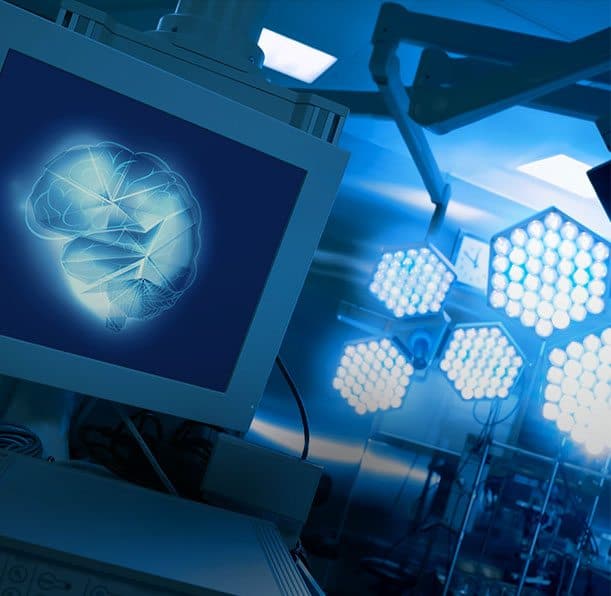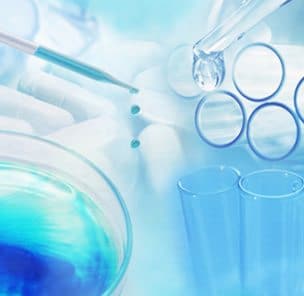Andropause: A Loss of Testosterone


Men Before Andropause
There is no longer any doubt: As aging signs progress similarly in men and women alike, men also become subject to a kind of hormonal desynchronization over time.
While women are faced with a relatively quick loss, messenger substances decrease rather gradually in men.
The male sexual hormones take their leave more slowly. But these hormonal changes also are defined as a material cause of a dramatic acceleration of aging.
Men: Inching Towards a Halt
Using the Greek word fragment for man, the years of the transition are designated as andropause (i.e. “menstop”). The term andropause is not recognized and used by all members of the medical profession.
The dramatic decline in testosterone and other hormones is often greatly accelerated by the person’s lifestyle—if they’re overweight, for example.
Affected men should not try to escape their personal responsibility on the basis of a generalizing designation. Scientists prefer the term PADAM, derived from “Partial Androgen Deficit in the Aging Male.”
The Male Body Needs More
Testosterone is among the most important control substances in the human organism. In order for all functions to work at their best, the male body requires much more testosterone than the female.
This androgenic hormone stabilizes the muscles, strengthens the bones, regulates the fat metabolism and activates regeneration after an injury or illness. It lends wings to the psyche and gives a person adventurousness, courage and a zest for action.
In this respect, the aging process brings along a special complication. Testosterone moves in the blood both freely and in a form bound to proteins. Only the free form is biologically active. However, over the years the binding protein increases and blocks more and more of these hormone molecules—and it is precisely those molecules that matter.





